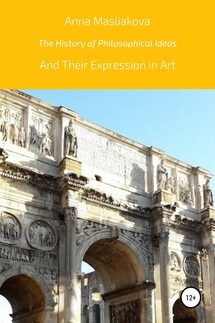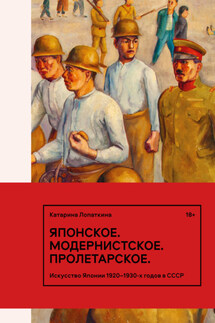The History of Philosophical Ideas and Their Expression in Art - страница 8
Basically, the Greek Theater (the Theater at Epidaurus, the Ancient Theater in Tauric Chersonesus, etc.) is an open-air structure composed of a partial circle (Theatron) organized around the Orchestra where action takes place and a backstage (Skene) behind it. And one of the most powerful things is that like in the case of temples – for example, the Temple of Segesta in Sicily – they find a special place that needs to be clarified and make visible its uniqueness that otherwise would be lost.
The Romans, on the contrary, prefer free standing structures frontally oriented and densely packed into a city. Let us have a look, for instance, at the Theater of Marcellus in Rome. Typologically, it conserves quite a lot from the Greeks, but the architectural edge closes the space off. Moreover, the Flavian Amphitheater – a giant object in the city of Rome – consists of two semicircles merged together and is by no means open-ended. Another allusion to the Greek architecture is that the décor of the Colosseum combines different orders – Doric, Ionic, Corinthian – and yet, the columns are not free standing (the Parthenon in Athens) but they are engaged in the walls (like in the Maison Carrée in Nimes).
The Romans were abscessed with technology and that allowed them to build in a very different way. The arch became the fundamental element of Roman architecture enabling them to erect bridges (The Alcántara Bridge), aqueducts (Devil’s bridge in Tarragona) and even the Pantheon – a temple to all the gods with a lot of altars.
The Romans were more interested in entertainment than in dramatic performances. And yet, the situation has been changing and not long ago they have started to organize concerts at the Colosseum, such as “The Three Tenors” in 1994.
How to Understand a Work of Art? Step I
There are places and works of Art that could change your life right away.
“The Ecstasy of Saint Teresa” by Gian Lorenzo Bernini located at Santa Maria della Vittoria in Rome. It was a rainy day and when I entered the church there it was – glowing in the dark, Mysterious and unreal.
“The Moses” by Michelangelo Buonarroti at San Pietro in Vincoli which differs greatly from the other sculptures decorating the Tomb of Pope Julius II. I came to the church early in the morning and there was nobody inside it but me.
Michelangelo’s “Pieta” which I noticed during my second visit to Saint Peter’s Basilica. By the way, despite the fact that it is located rather far from the isle and you need a very good camera to take a photo, the sculpture is absolutely amazing.
Argentine Tango full of passion and sensuality also will not leave you unchanged.
Nevertheless, from time to time it could be helpful to make an effort and use our imagination in order to find out how monuments of the past might have looked like in those days when Roman Culture reached its height.
On the one hand, during my first visit to Santa Maria Maggiore, the interiors of which are richly adorned with mosaics in Byzantine style, I tried to “deconstruct” it, metaphorically speaking, so as to appreciate the Beauty of the original church which dates back of the 5>th century A.D.
On the other hand, while wandering around the Roman Forum, the place where people used to gather and discuss important issues, I had to “reconstruct” half-destroyed or even missing buildings.








